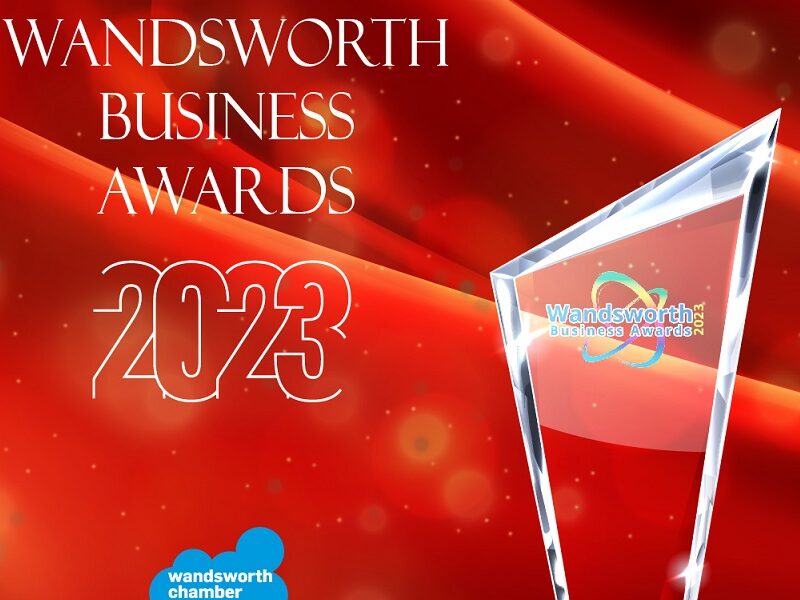
Financial life plans
Financial life plans – and why you need one
Finance expert Tina Weeks reveals how a financial life plan can help you realise your dreams
Personal finance is still an area which many people don’t engage with. Managing your money and planning for your future is not something that is taught at school, and this is a shame as it is a crucial life skill.
The decisions we make about money depend to a large extent on the relationship we have with money. And our relationship with money dictates even more the relationship we have with ourselves and every aspect of our lives.
Working with a financial life planner to design and execute your Financial Life Plan will give you answers to your most important questions:
- Will I have enough money to do all the things I want to do in my life?
- How can I ensure I am doing all the things I am supposed to and not doing things I shouldn’t?
- How can I stop worrying about money?
But what is a financial life plan and how is it different from a financial plan?
A financial plan is a comprehensive picture of your current financial situation. It includes your financial goals and any strategies required to achieve those goals.
A financial life plan includes everything a financial plan does but takes the focus away from the money and looks at what is most important to you. It encourages you to dream big and explore areas that give your life meaning. It then connects these with your finances to give you a blueprint of what you want your life to look like and how you can live that life.
What does a financial life plan give you?
It helps you to explore what is meaningful in your life and how you can live a life of freedom and purpose. It looks at your finances and your relationship with money to ensure that they are aligned to and support your life plans. It gives you clarity about where you are now and what you need to do. Furthermore, a financial life planner with work with you over the long term, encouraging you and holding you accountable so you stick to the plan. They will also adjust the plan as required when your life and your plans change. Part of the financial life planning I do with my clients is the crafting of a very compelling “Possibility Story”. This picture of their best life is the fuel to keep them focused on the plan.
But what if you can’t or don’t want to engage a Financial Life Planner? There is a lot you can do to get start to get your own finances in order. This 3 step process helps you do that.
- Get organised
- Get clarity
- Get moving
Get organised
We really underestimate how much angst and worry comes from not being organised when it comes to our finances. It’s the first step to really engaging with where you are now and is mostly a data gathering exercise. For each of the areas below, gather all the information you can.
- Income
- Get a clear idea of everything that is coming in each month. This includes your earnings and ay other sources of income. Examples could be interest earned on savings, property income, sales from your small business etc
- Expenditure
- Look back at what you have been spending and get a clear idea of how you much need each month.
- Pensions
- Gather all the information you have about all your pensions, not just your current pension plan. Look at your state pension forecast too!
- Savings and investments
- Get all the information about any funds you have in the bank, in ISA’s (Individual Savings Account) or in any other investment account.
- Debts and mortgages
- Collect details about all your debts. This includes credit cards, loans, car finance, mortgages and even money owed to friends and family. Find out the time left on each debt and list the interest rates and monthly payments for each.
- Assets
- List out everything you own in addition to the above. This includes property, cars, business assets etc.
- Insurance
- Gather all the information you can about all your personal insurances (life cover, illness cover, income protection).
Some of my clients struggle with this part because sometimes looking at this information is hard. I always say that knowledge is power and even if the situation is not how you would like it to be, collecting all the information is the first step to getting clarity and taking action.
Get clarity
Look at each of the areas above and try to understand a bit more about each.
What is the difference between your income and your expenditure? If this is a positive number then this figure is disposable income. I call this magic money; it is the money used to plan for your future. If it’s a negative number then that is your starting point from which to move towards being positive.
What are your pensions projected to give you when you are no longer working? Will you have enough years of National Insurance contributions to claim the full state pension? Are you taking advantage of any contribution matching your employer may offer? Are you able to make additional contributions?
What are your savings and investments for? Do you have an emergency fund of easily accessible cash? Are you clear on the difference between savings and investments? Are you using your ISA allowance?
Are your debts on the lowest possible interest rates? Do you have a clear repayment plan for each?
Your net worth is the difference between everything you own and everything you owe. What is that number?
Get moving
This step is all about taking action and moving forward. Take each of the areas you have looked at and make a plan to improve each one. Even tiny steps count as progress.
The three steps above help you to really get connected with your finances and are a great way to manage your own finances. It will give you the confidence to have a better relationship with your money and this will filter through to other areas of your life.
Tina Weeks is a financial life planner and founder and managing director of Serenity Financial Planning






